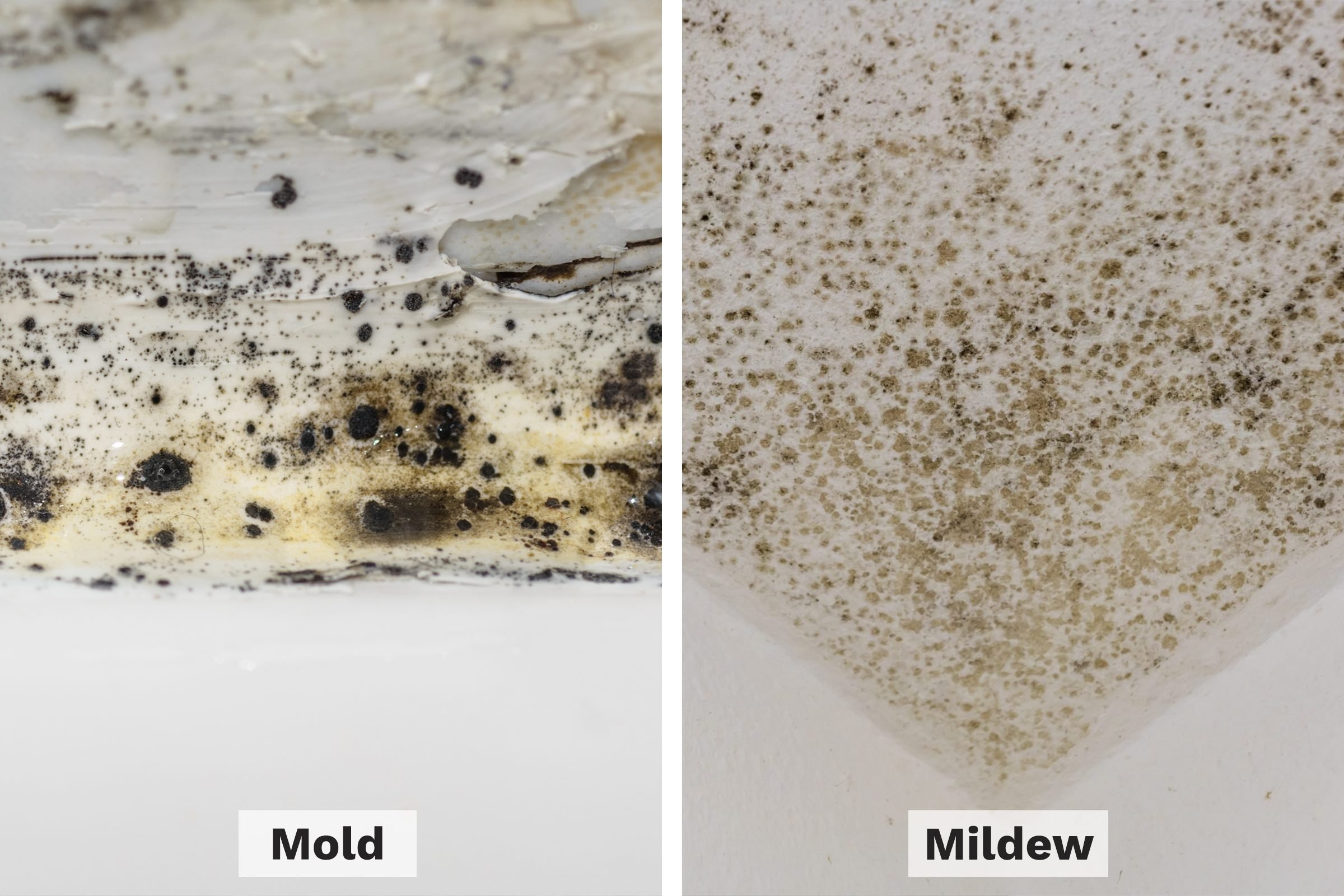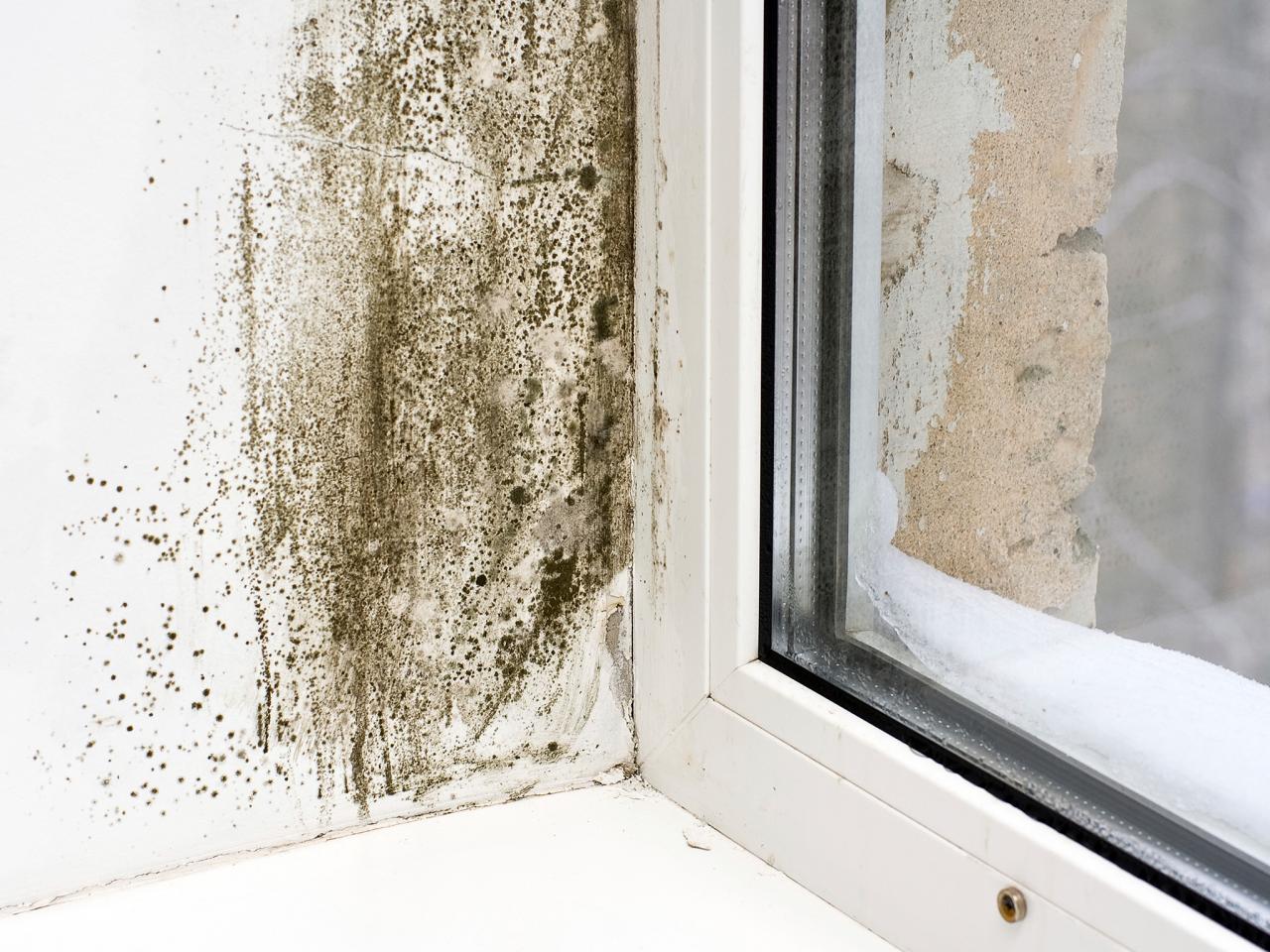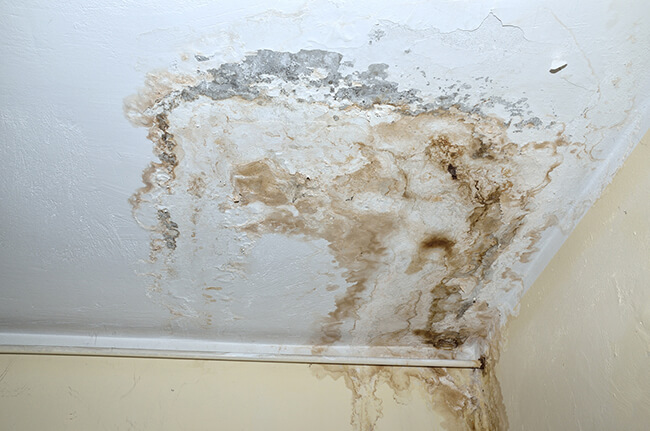
Mold and mildew—it’s a words that strikes fear into the hearts of homeowners everywhere, and for good reason. Mold and mildew can cause health problems and damage your property. But, no need to worry: we’re here to teach you how to get rid of mold from every surface in your home. We’ll start with the most common places where mold appears, and then move on to more specific surfaces. So read on, and learn how to keep your home healthy and mold-free.
Products That Kill Mold and Mildew
- Chlorine bleach: Household bleach (sodium hypochlorite) works best to destroy mold and mildew and remove any discoloration. Mix a solution of 1 cup bleach to 1 gallon of water, which can sprayed directly on the mold. Note that bleach is quite harsh, and dilution is an important step before use. Keep in mind, however, that while bleach removes mold discoloration, is also removes color from most surfaces! Use it sparingly and when in doubt, test it out on a small, unnoticeable spot first.
- Hydrogen peroxide: Less harsh than chlorine bleach, hydrogen peroxide (3% to 10% solution) will kill mold and lighten stains. While it does have a bleaching effect, it works more slowly than chlorine bleach but has no fumes or residue. Plus, it’s great to keep around the house for all other sorts of uses – from whitening teeth to disinfecting minor wounds.
- Distilled white vinegar: Vinegar is acidic and works by slowly breaking down the structure of mold and mildew. Vinegar is relatively gentle, but mold stains may remain and additional scrubbing with a household cleaner may be needed. It can be mixed with baking soda or borax to add a scrubbing effect, and their high pH inhibits the growth and survival of mold.
- Rubbing alcohol: Rubbing alcohol may not be as strong as other ingredients to kill mold. But when it is diluted with water in equal parts, rubbing alcohol cleans surfaces without any damage and can help to stop the growth of mold and mildew.

Dangerous of Both
The most common type of mold found in homes is mildew. Mold and mildew is a surface that grows in warm, damp places like your bathroom and on fabrics and books stored in damp basements. Mildew begins as a gray or white powdery colony. It will turn black or brown if not removed promptly and often looks like soil accumulation. To test if the surface is covered with mildew or just dirt, dab the stain with a cotton swab dipped in household chlorine bleach. If the stain lightens or disappears after two or three minutes, it’s mildew. And if not, it’s probably just dirt.
If you detect a musty smell anywhere in your home, then you have a high concentration of mold. It can be coming from a hamper filled with damp towels, from a damp crawlspace under your home, or from carpets that have mold growing in the padding. If you smell that odor, it’s definitely time to take action to get rid of the problem

